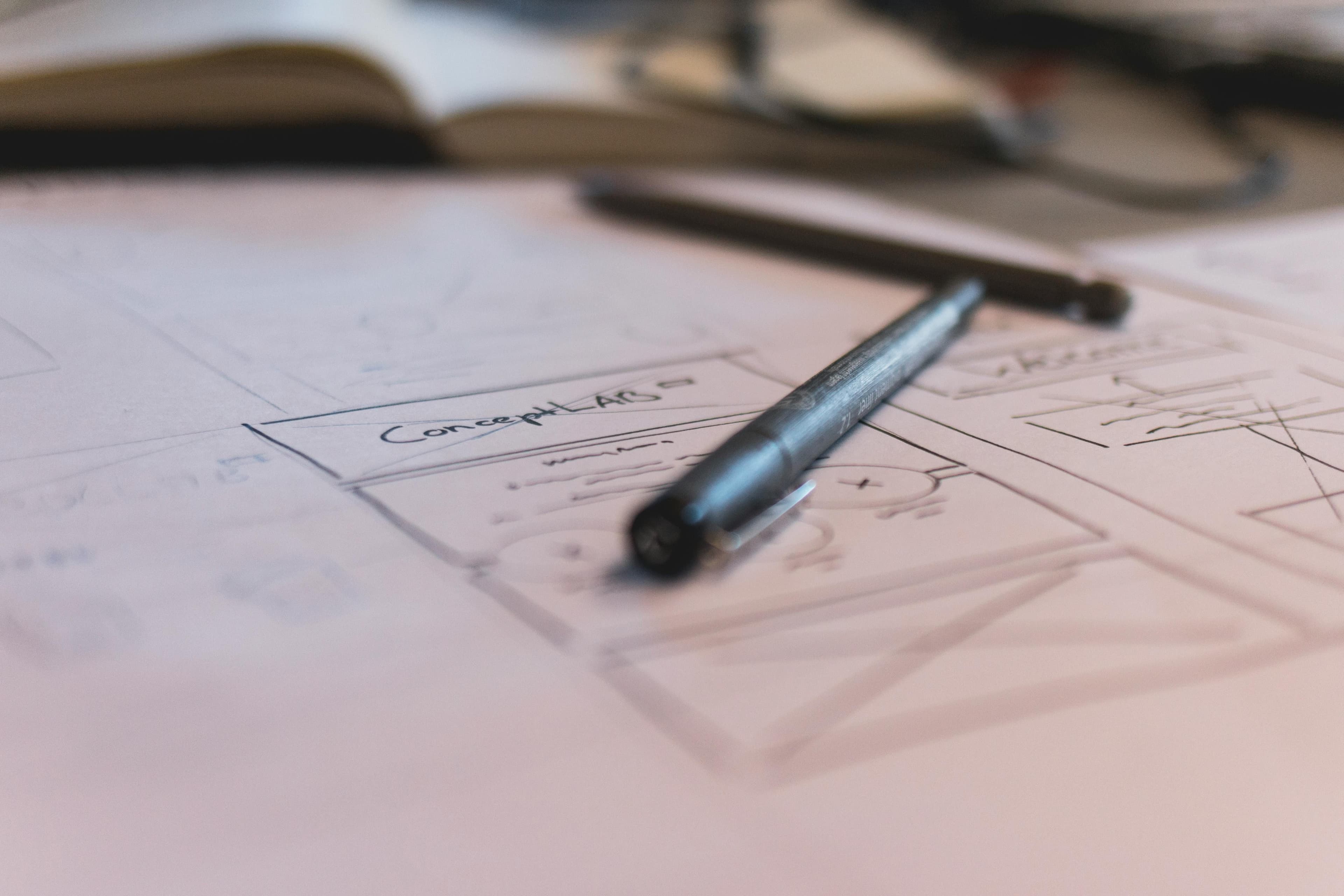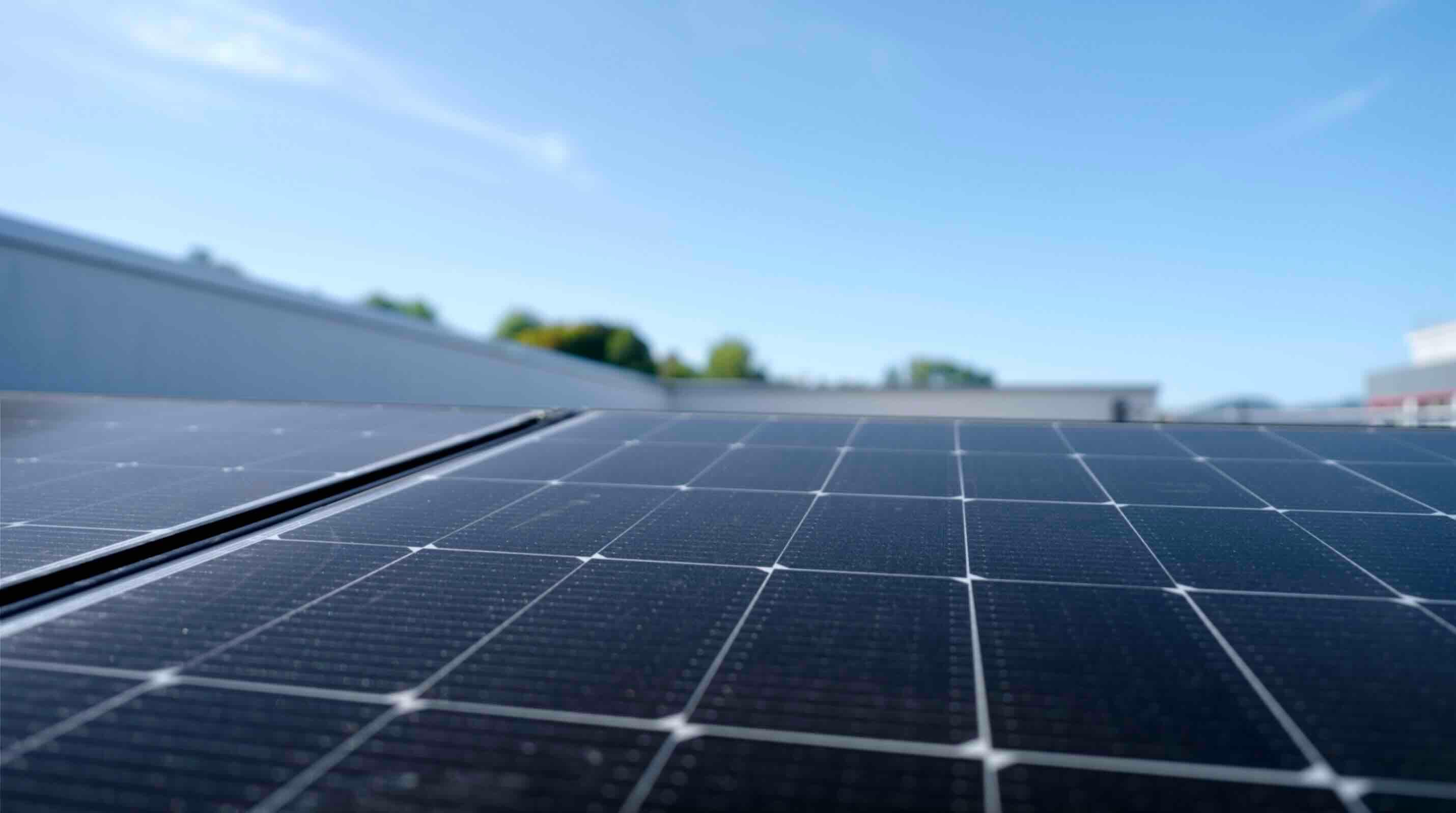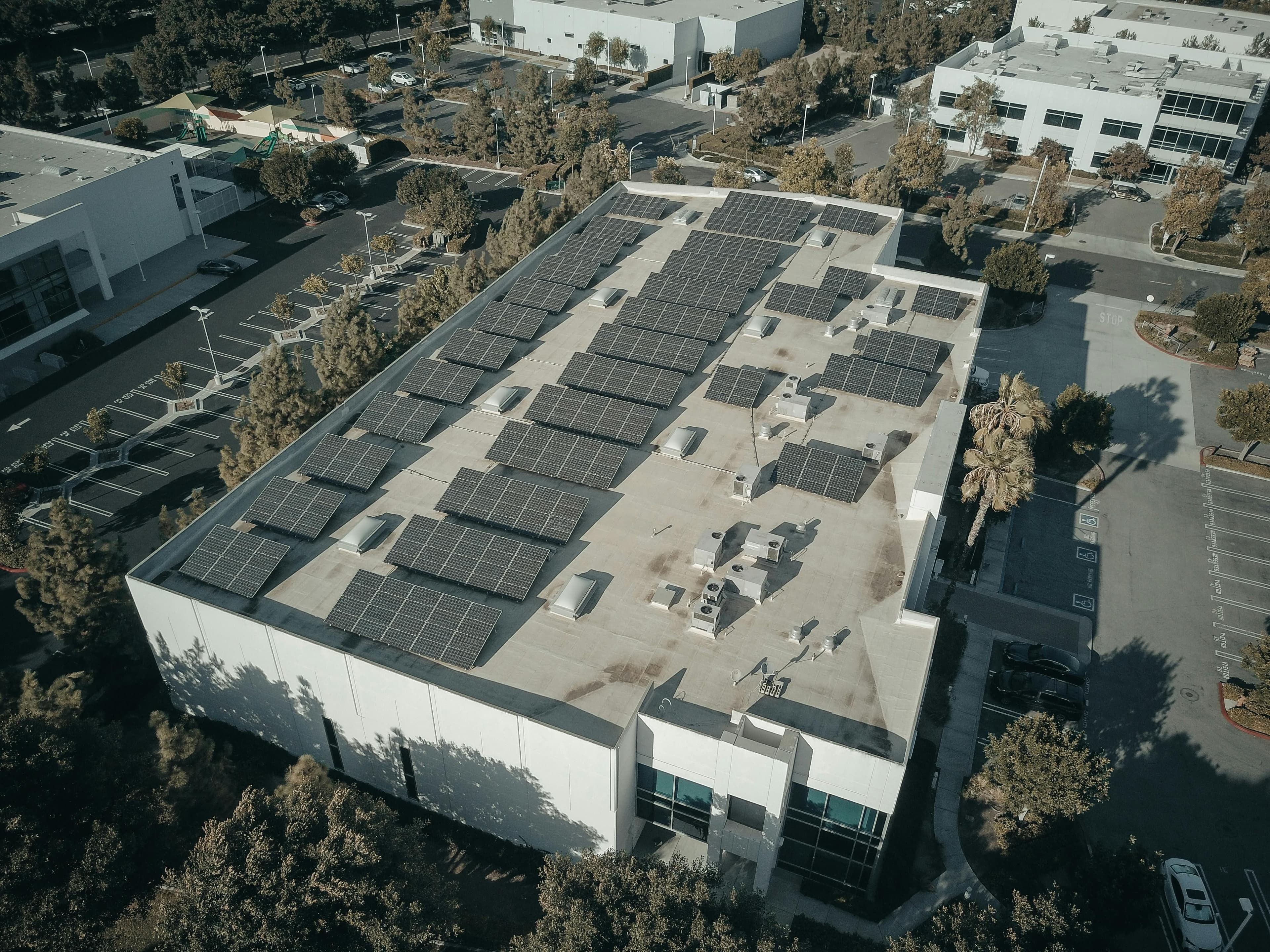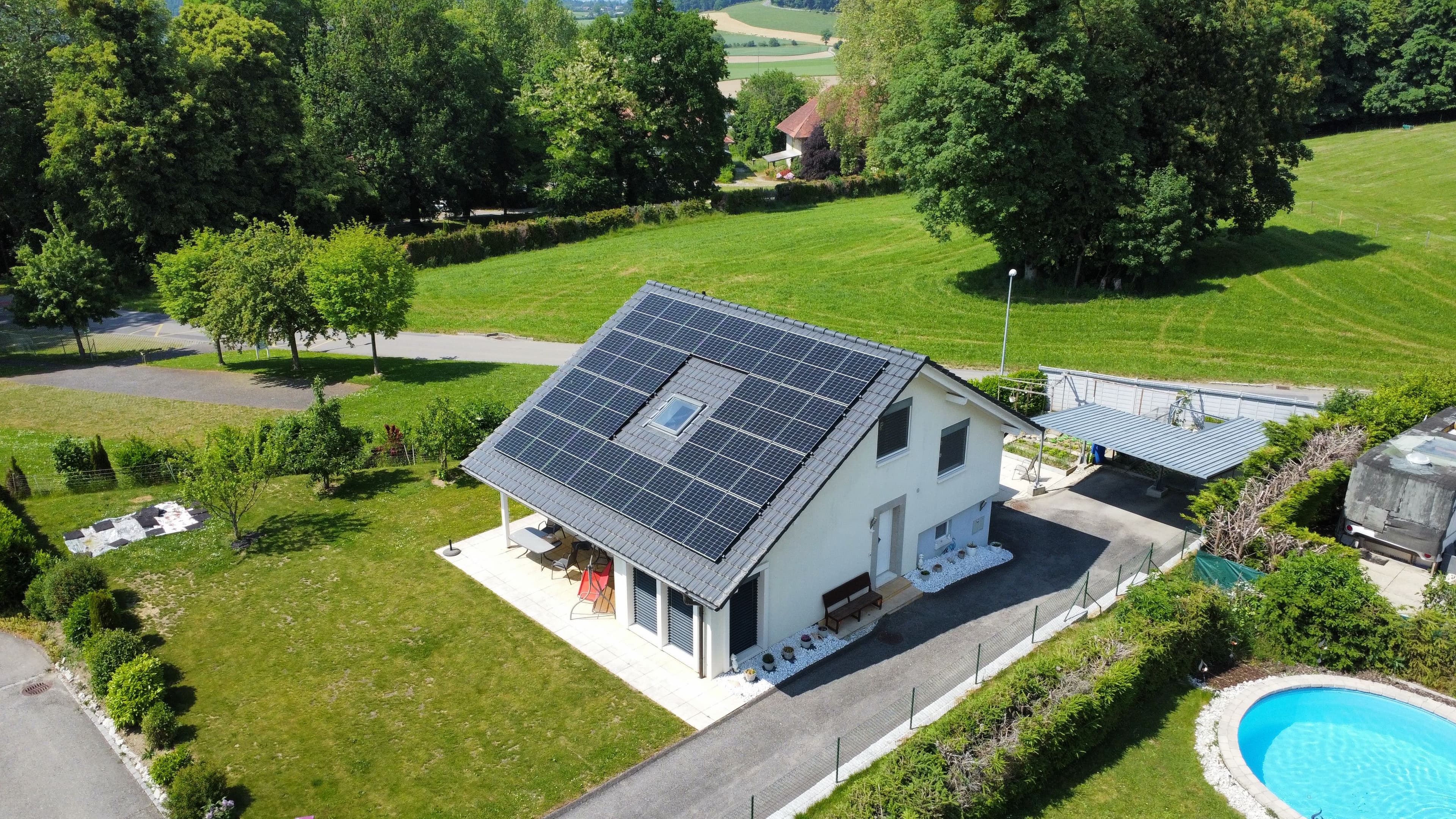1. Proper Planning
It is crucial to accurately forecast the required electricity consumption from the planning phase onwards. Your current electricity consumption serves as a valuable factor in this regard. Additionally, consideration should be given to the size of the roof area suitable for solar energy production. However, it is not necessary to cover the entire roof surface with panels, but only enough to provide you with an adequate amount of solar energy when you need it most. This brings us to the next piece of advice.
2. Consume When the Sun Shines
In Switzerland, we are accustomed to consuming electricity mainly at night, when we can purchase it at a favorable rate. This suddenly changes with a solar system. Whether it's a washing machine, a dishwasher, or a dryer: when the sun is shining, it's the best time to press the start button. The more time you spend at home during the day, the more you benefit from the electricity produced on your roof. Additionally, certain components of the system can be controlled automatically: Tip 3.
3. Smart Control
The inverter, the heart of every solar system, can be calibrated so that the electrical consumers in your home are automatically activated when the amount of solar energy produced exceeds the current consumption. This way, you can fill the washing machine in the morning and have it start automatically when the sun is shining, even if you're not at home. And the same goes for the rest of the electronics – from the heat pump to the water heater, including blinds, heating, pool pumps, lighting, and electric vehicle charging. This leads us to point 4.
4. Switch to Electricity
The more you can convert the energy you use into electrical energy, the more you can utilize your solar energy. For example, by heating your home with an electric heat pump and producing, or heating, your hot water with electricity. An additional electric coil in a water heater, for example, helps maintain hot water in case of electricity overproduction, so that the usual energy source is less strained.
If you opt for an electric car, not only do you use more of your own energy, but you also save money on your travels.
5. Is a Battery Right for You?
If your main goal in switching to solar is to save money, it is unlikely that a battery will have a truly positive effect on the results. A battery can easily represent half of the total installation cost, and despite many advancements, the technology hasn't had as many years to develop as solar panels.
But if you want to use the electricity you produce as much as possible, or simply to be as independent from the grid as possible, a battery can be the solution. If your goal is to live as sustainably as possible, you may not necessarily need a battery. Your system produces more electricity than you consume throughout the year.
Of course, a large portion of this electricity is "lost" to the grid, but nevertheless, it means that you have balanced all your electricity needs with a sustainable source. One could even say that you are using the grid as your "battery," and the electricity you consume there at night is yours, which was injected during the day.
6. Observe and Analyze Your Electricity Production and Consumption
Whether your home is equipped with an automation system or not, what you absolutely need is a good system to monitor and analyze your electricity consumption. Like the one offered by Younergy, which allows you to track in real-time how much energy you consume and produce. This helps you better plan the use of your appliances during the day and adapt your habits to achieve optimal use of your solar energy.




